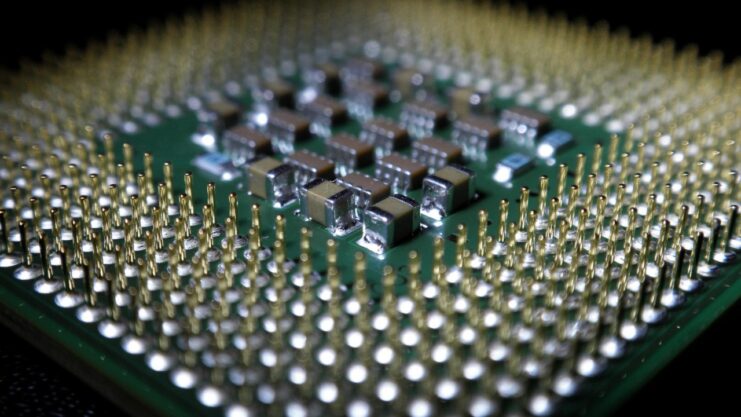Back in the early days of personal computing, when dial-up tones were the overture to our online adventures, we measured a CPU’s might by its clock speed—a solitary number that seemed to encapsulate its prowess.
I recall the excitement of upgrading from a single-core processor, a marvel of its time, to one of the first dual-core models. It felt like strapping a rocket to a bicycle. Today, though, the conversation has shifted from sheer speed to a symphony of cores and threads.
I often find myself reminiscing about the time I spent hours optimizing autoexec.bat and config.sys files to eke out enough conventional memory to run the latest games, all while today’s systems deftly manage multiple threads without breaking a sweat.
It’s this transformative journey, from the monolithic CPUs of yesteryear to today’s multi-threading marvels, that continues to challenge us in the field of PC hardware. Today, I will discuss this topic, so let’s begin.
The Essence of CPU Threads
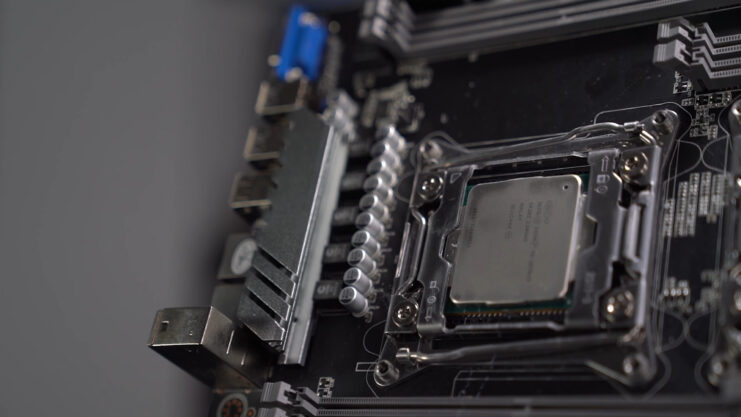
A thread in CPU terminology is the smallest unit of processing that can be scheduled by an operating system. It’s a way for your CPU to divide its attention, working on multiple tasks simultaneously or in quick succession, making your computing experience smoother.
- Multitasking Made Simple: Modern CPUs can handle more than one thread per core, allowing them to perform multiple operations at once.
- Efficiency at Its Core: This ability to handle multiple threads makes CPUs incredibly efficient, maximizing the use of the processor’s resources.
- A Speedy Affair: More threads can mean better performance, as tasks can be completed faster when they’re split up and run concurrently.
Parallelism
Parallelism is the backbone of multi-threading, where multiple threads execute simultaneously, harnessing the full potential of the CPU.
- Concurrent Operations: Threads allow CPUs to execute multiple operations at the same time, which can significantly speed up processing times for complex tasks.
- Divide and Conquer: By dividing tasks into smaller, more manageable threads, CPUs can tackle more instructions at once, leading to better performance.
- A Balancing Act: CPUs must balance the number of threads, as too many can lead to contention for resources, potentially slowing down the system.
The Multi-Core Connection
The advent of multi-core CPUs has further revolutionized threading, as each core can handle individual threads, multiplying the processor’s efficiency.
- Multi-Core Synergy: With each core capable of handling its own threads, multi-core CPUs offer a substantial leap in processing power.
- Scaling Performance: The more cores a CPU has, the more threads it can manage, providing a scalable way to boost performance.
- Shared Resources: Cores often share resources like cache memory, necessitating intelligent thread management to prevent bottlenecks.
Harnessing the Power of Hyper-Threading
Intel’s Hyper-Threading Technology
Intel’s proprietary technology, Hyper-Threading, has become synonymous with multi-threading in CPUs, allowing a single core to handle multiple threads.
- Simultaneous Multi-Threading: Hyper-Threading is Intel’s approach to simultaneous multi-threading (SMT), effectively duplicating certain sections of the processor to allow a single core to run two threads in parallel.
- Resource Optimization: This technology optimizes the use of the CPU’s computational resources, improving throughput and efficiency.
- The Performance Boost: Hyper-Threading can deliver a performance boost for multi-threaded applications, though the extent varies depending on the workload.
Its Benefits
Hyper-Threading technology has several advantages, particularly in multitasking and performance-sensitive scenarios.
- Enhanced Multitasking: It enables smoother multitasking, allowing the CPU to switch between threads quickly, reducing the time spent waiting for tasks to complete.
- Performance in Parallel Processing: For software designed to take advantage of multi-threading, Hyper-Threading can significantly speed up processing times.
- Cost-Effective Performance: By leveraging existing cores to handle more threads, Hyper-Threading provides a cost-effective way to enhance performance without additional cores.
Limitations and Considerations
While Hyper-Threading improves performance, it’s not without limitations and requires careful consideration of its implications.
- Not a Replacement for Cores: Hyper-Threading doesn’t double the performance of a core; it merely allows it to be used more efficiently.
- Dependent on Workloads: The performance gains from Hyper-Threading are highly dependent on the nature of the workloads and the software’s ability to utilize threads.
- Potential for Security Concerns: There have been instances where Hyper-Threading has introduced security vulnerabilities, leading to complex challenges in securing systems.
The Future of Threading in CPUs
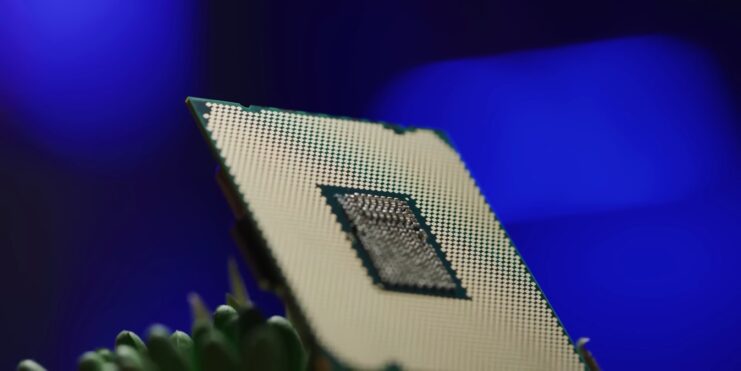
As CPU architectures evolve, so do threading technologies. Innovations continue to emerge, pushing the boundaries of what’s possible with CPU threading.
- Advanced SMT Techniques: Beyond Intel’s Hyper-Threading, advanced SMT techniques are being developed to further improve parallel processing capabilities.
- Dynamic Thread Allocation: Future CPUs may have more intelligent systems for allocating threads to cores, ensuring optimal performance across a variety of tasks.
- Integrated AI for Threading: The integration of AI could revolutionize threading with intelligent predictive algorithms managing thread distribution in real time.
The Impact on Computing Experiences
The ongoing advancements in threading technologies are set to transform our computing experiences in profound ways.
- Seamless Performance: With more advanced threading, users can expect even more seamless performance, with systems capable of handling intense multi-tasking with ease.
- Greater Accessibility: As threading technology becomes more sophisticated, high-performance computing will become more accessible to the average user.
- Eco-Friendly Efficiency: More efficient threading not only boosts performance but can also lead to more energy-efficient CPUs, contributing to greener technology.
Preparing for a Multi-Threaded World
As threading becomes increasingly central to CPU design, users and developers alike must prepare for a multi-threaded world.
- Software Optimization: Developers will need to write software that is optimized for multi-threaded environments, ensuring that applications can fully leverage the capabilities of modern CPUs.
- User Awareness: Users will benefit from understanding how threading impacts performance, allowing them to make informed choices about the hardware and software they use.
- Adaptive Hardware Choices: Selecting CPUs with the right threading capabilities will be crucial for those looking to optimize their systems for specific tasks or workloads.
Maximizing Thread Performance in Applications
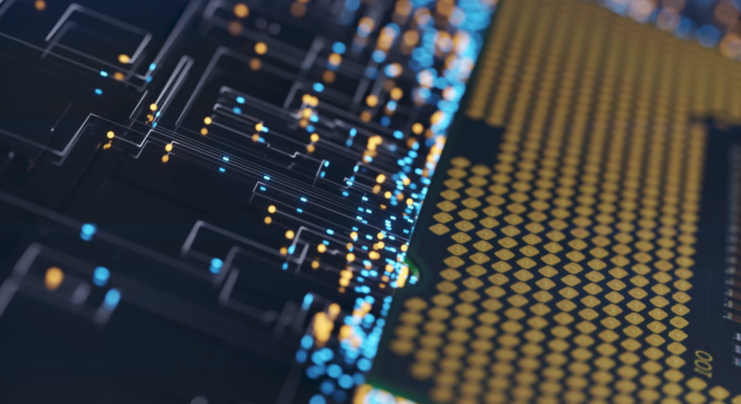
For threading to be effective, software must be designed to take advantage of multiple threads. This is where parallel programming comes into play.
- Parallel Programming Paradigms: Developers use parallel programming to split tasks across multiple threads, allowing for simultaneous execution.
- Thread-Safe Operations: Ensuring operations are thread-safe prevents data conflicts and ensures reliability in multi-threaded applications.
- Leveraging Libraries and Frameworks: Numerous libraries and frameworks exist to simplify multi-threaded programming, allowing developers to focus on core logic rather than the intricacies of thread management.
The Developer’s Toolbox for Threading
Developers have a variety of tools at their disposal to manage and optimize threads within applications.
- Integrated Development Environments (IDEs): Modern IDEs provide features to debug and profile multi-threaded applications, helping developers optimize thread performance.
- Concurrency APIs: Most programming languages offer concurrency APIs that abstract the complexities of thread management, providing a more accessible path to multi-threaded programming.
- Performance Profiling Tools: These tools help identify bottlenecks and inefficiencies in thread usage, guiding developers to make informed optimization decisions.
Real-World Applications and Threading
In the real world, threading has a significant impact on the performance of various types of applications.
- Gaming: Modern video games use multiple threads to handle graphics, physics, and AI simultaneously, providing a smooth and immersive experience.
- Data Processing: Applications that process large datasets, such as big data analytics platforms, rely on threading to expedite computations.
- Web Servers: Web servers use threading to handle multiple requests concurrently, ensuring quick response times even under heavy load.
The Role of Operating Systems in CPU Threading
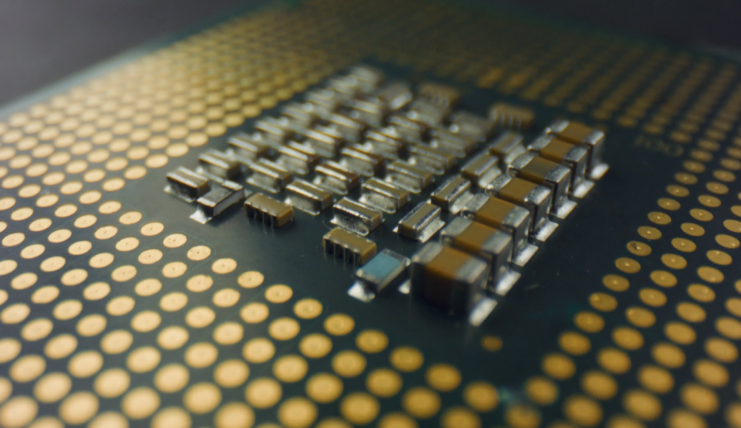
The operating system (OS) plays a crucial role in managing threads, ensuring that each thread gets fair access to the CPU.
- Context Switching: The OS performs context switching to allow multiple threads to share a single CPU core, managing the rapid switching between threads.
- Priority-Based Scheduling: Threads can be assigned priorities, with the OS scheduler giving preferential treatment to higher-priority threads.
- Load Balancing: The OS is responsible for balancing the load across all available CPU cores, distributing threads in a way that maximizes efficiency.
Multitasking and User Experience
The ability of an OS to handle multiple threads directly impacts the user’s experience, especially when multitasking.
- Responsive Interfaces: A well-threaded OS can keep user interfaces responsive, even when the system is under heavy load from background tasks.
- Background Services: OS-level services, such as indexing and automatic updates, use threading to operate in the background without disrupting the user.
- Application Performance: The OS’s thread management capabilities can significantly affect the performance of applications, particularly those that are multi-threaded.
The Evolution of OS Threading Capabilities
As CPUs have become more powerful, operating systems have evolved to better manage threading.
- Advanced Kernel Algorithms: Modern OS kernels employ sophisticated algorithms to optimize thread scheduling and management.
- Real-Time Systems: Some operating systems are designed for real-time applications, where thread management is critical for ensuring the timely execution of tasks.
- Hybrid Threading Models: Emerging OS designs are exploring hybrid threading models that combine the benefits of multi-threading and event-driven programming.
Challenges and Solutions in CPU Threading
One of the primary challenges in CPU threading is balancing the number of threads with the available resources to avoid diminishing returns.
- Optimal Thread Count: Determining the optimal number of threads for an application depends on the number of CPU cores and the nature of the tasks.
- Avoiding Overhead: Excessive threads can lead to increased overhead from context switching, negating the benefits of multithreading.
- Resource Contention: When threads compete for the same resources, such as memory or I/O, it can lead to contention and reduced performance.
Security Implications of Threading
Threading can introduce security concerns, particularly in multi-user environments and cloud computing.
- Side-Channel Attacks: Vulnerabilities like Spectre and Meltdown have shown that threading can expose side-channel attacks, where malicious threads infer data from other threads.
- Isolation Mechanisms: Implementing isolation mechanisms, such as hardware-enforced barriers, can mitigate the risk of such attacks.
- Security-Oriented Design: CPUs and operating systems are increasingly being designed with a security-first approach to threading, aiming to prevent potential exploits.
Future-Proofing Threading Architectures
As we look to the future, it’s essential to design threading architectures that can adapt to the evolving landscape of technology.
- Scalability: Threading architectures must be scalable and able to efficiently manage an increasing number of threads as CPUs become more powerful.
- Adaptability: Future threading models must be adaptable able to handle diverse workloads from AI to quantum computing simulations.
- Energy Efficiency: With a growing emphasis on sustainability, threading architectures must balance performance with energy efficiency, reducing the carbon footprint of computing.
FAQs
How do CPU threads differ from CPU cores?
CPU cores are the actual physical parts of the CPU where computations are performed, while threads are virtual counterparts that manage how many tasks a single core can handle at one time.
Imagine cores as the actual office workers, while threads are the number of tasks they can juggle simultaneously.
Can adding more threads to a CPU improve gaming performance?
It can, but it largely depends on the game. Some games are optimized to utilize multiple threads, which can improve performance by splitting various tasks (like AI, physics simulations, and rendering) across them.
However, other games might not benefit as much if they’re designed to rely on fewer, more powerful cores.
Why don’t we just keep increasing the number of threads to boost performance?
Increasing threads can improve performance up to a point, but it’s not a silver bullet. Each thread requires management and resources, and there’s a point of diminishing returns where adding more threads could actually cause more overhead than performance gains. It’s about finding the right balance for the workload.
Are there specific applications that benefit more from a higher number of threads?
Yes, applications like video editing software, 3D rendering programs, and complex scientific simulations often see significant performance improvements with more threads. These types of tasks involve processing large amounts of data in parallel, which is where having a higher thread count really shines.
How does a CPU with more threads consume power differently than one with fewer threads?
Generally, a CPU with more threads can consume more power since it can perform more tasks simultaneously, leading to a higher power draw. However, it’s also about efficiency.
Newer CPUs with more threads are often built with power efficiency in mind, meaning they can do more with less power compared to older models.
Can I upgrade my CPU to one with more threads without changing other components?
It depends on the compatibility with your motherboard and whether the new CPU requires a different socket or chipset. You’ll also want to ensure your system’s cooling solution is adequate for the potentially increased thermal output, as you need your processor to work at normal temperature.
In some cases, a BIOS update might be needed to support the new CPU. Always check compatibility with your motherboard manufacturer before upgrading.
Summary
Threads in CPUs are a fundamental aspect of modern computing, enabling efficient and powerful processing capabilities. As we look to the future, the continued innovation in threading technology promises to further revolutionize the landscape of computing, offering enhanced performance, multitasking, and energy efficiency.
Knowing about and harnessing the power of CPU threads will be key to unlocking the full potential of our devices and the vast array of applications they support.

